A decibel (\$dB\$) is a way to express a ratio. Most practical uses of decibels are measuring some thing in relation to some other thing. A negative number of decibels indicates that the thing being measured is less than the reference thing.
Let's consider as an example \$dBm\$, a unit that measures a power \$p\$ relative to \$1mW\$. Thus:
\$ P_{dB} = 10 \log_{10}\left(\dfrac{p}{1mW}\right) \$
So 1mW is:
\$ 10 \log_{10}\left(\dfrac{1mW}{1mW}\right)
= 10 \log_{10}(1)
= 0 dBm \$
What about \$100mW\$?
\$ 10 \log_{10}\left(\dfrac{100mW}{1mW}\right)
= 10 \log_{10}(100)
= 20 dBm \$
What about \$2\mu W\$?
\$ 10 \log_{10}\left(\dfrac{2\mu W}{1mW}\right)
= 10 \log_{10}(0.002)
\approx -26.99 dBm \$
When we are considering something like voltage, it's customary to consider the ratio of the squares of the values, because power is proportional to the square of amplitude. For example, \$1V\$ on a \$1\Omega\$ load is \$(1V)^2 / 1\Omega = 1W\$, but if the voltage is 2V then \$(2V)^2 / 1\Omega = 4W\$. I think this is a screwy convention, and if you want your measurements expressed in decibels to be like power, then you should measure power. But, it's the convention, and you can probably blame the engineers who developed the telephone network.
Anyway, let's consider \$dBV\$, which uses 1V as the reference. Here's an example with \$1V\$:
\$ 10 \log_{10}\left(\dfrac{(1V)^2}{(1V)^2}\right)
= 20 \log_{10}\left(\dfrac{1V}{1V}\right)
= 20 \log_{10}(1)
= 0 dBV \$
Notice that rather than squaring both voltages in the fraction, we can multiply the logarithm by 2. The two are mathematically equivalent, but multiplying by 2 is easier than squaring.
\$ 20 \log_{10}\left(\dfrac{120V}{1V}\right)
= 20 \log_{10}(120)
\approx 41.58 dBV \$
\$ 20 \log_{10}\left(\dfrac{3mV}{1V}\right)
= 20 \log_{10}(0.003)
\approx -50.47 dBV \$
